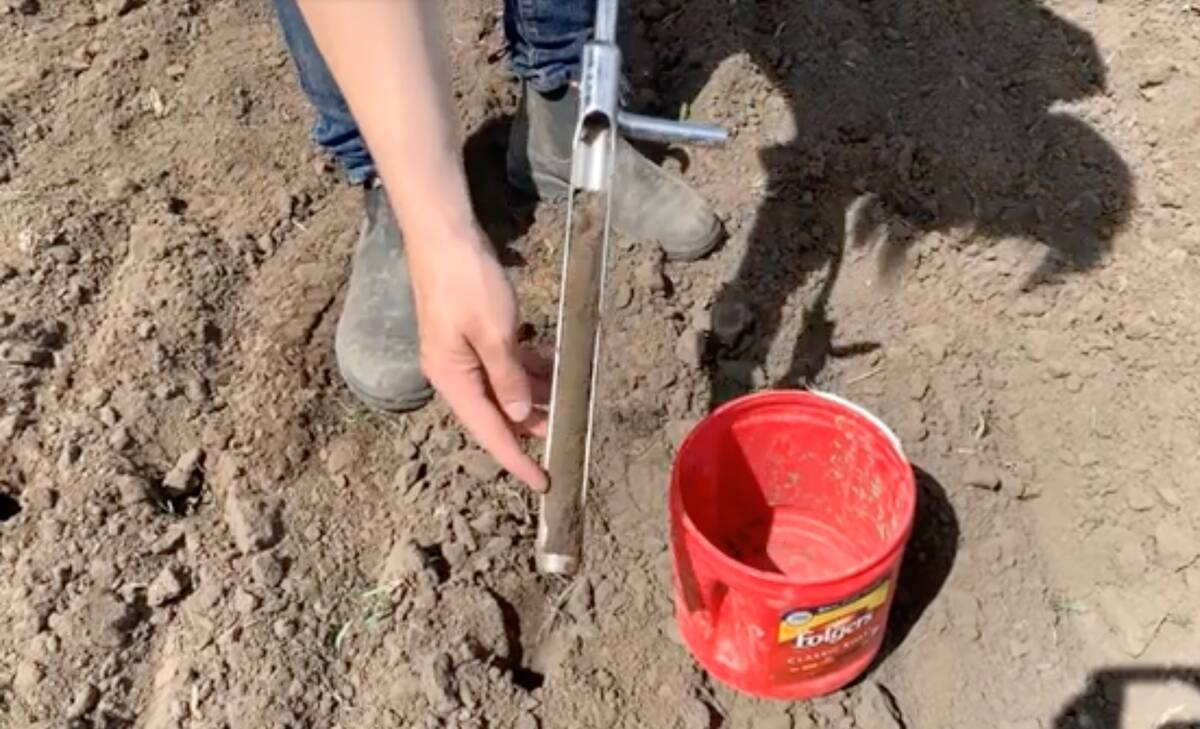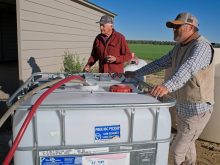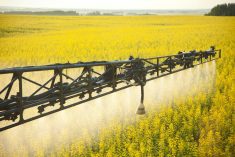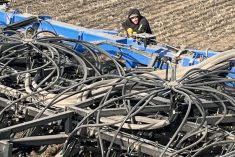A primary argument for variable rate technology (VRT) is that it enables farmers to be more exact in their use of crop inputs. By breaking fields into specific zones where different or variable application rates can be used, producers are no longer tied to flat rate applications and can make targeted decisions on where and how much seed, water, fertilizer and other inputs to apply within a field.
While VRT is gaining popularity in Western Canada, many producers remain concerned about the cost of adopting the practice.
Olds College of Agriculture and Technology in Olds, Alta., is helping to address this through ongoing research aimed at providing farmers with a better understanding on the return on investment of variable rate fertilizer applications.
Read Also

Make a plan to achieve the four Rs of fertilizer management
Planning for 4R nutrient management must be farm-specific — that is, geared for the unique crops, cropping practices, soils and climatic conditions of the farm, researcher Ross McKenzie writes.
“The objective is to apply the right amount of fertilizer in relationship to the projected yield for that field,” says Herman Simons, manager of Smart Ag Applied Research at Olds College. “We’re trying to help producers more easily quantify the value of VRT on their farms by expressing it in monetary value.”
The Centre for Innovation at the college is assessing the economic viability of variable rate fertilizer as part of a partnership with Telus Agriculture that’s aimed at testing and developing innovative ag tech that enhances yields, efficiency and sustainability on Prairie farms.
The research started in 2022 and continues this year on Steckler Farm, a 2,000-acre farm within the Olds College Smart Farm system that contains fields with five different soil zones.

Last year, Simons and his team conducted a break-even analysis, which factored in crop rotations and yields, production inputs and field variability. An economic model was used to help determine what level of field variability was required to make VRT investment worthwhile.
Costs associated with variable rate fertilizer applications, such as soil sampling, labour and professional fees for agrologists and precision ag providers, were weighed against the benefits, which included lower fertilizer requirements, higher yields and the potential environmental value in reduced greenhouse gas emissions. The model did not factor in capital costs needed to implement VRT.
Early results
Simons says early results suggest incorporating variable rate fertilizer in normal farming operations can help producers reduce their environmental footprint while staying productive, especially if they can capitalize on carbon credit programs that VRT would qualify them for.
He adds results also indicate a focus on boosting yields by determining where in fields fertilizer is most needed and applying it to those locations would likely drive bigger economic returns for farmers than if they focus on savings achieved by reduced fertilizer use. This is based on early 2022 fertilizer prices compared with 2021.
Simons says the research is being expanded to consider different crop types and variable rate options as well as capital cost investment. Researchers are also increasing the level of detail on field variability in the model to make it more farm and field specific.
“If we can use this technology to become more competitive, then I think it will become a no-brainer. The problem is proving how VRT impacts different farms because every farm is different,” says Simons.
“Each producer needs to look at their own scenario on their own farm before making a decision on whether variable rate technology will work, and that’s where the thinking behind this model came from.”
Simons says studies show the price tag for implementing variable rate fertilizer is only one consideration for western Canadian farmers.
Other factors that influence adoption include whether VRT is backed up by data, whether producers have seen it work on other farms in their area, and how easily the technology can be integrated into existing farm operations.
















